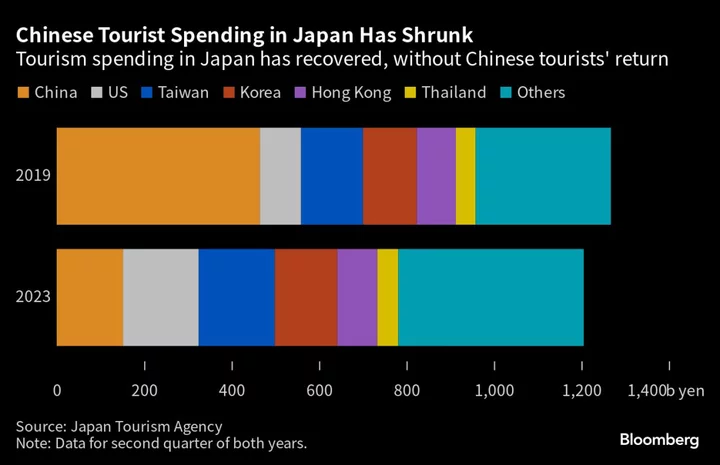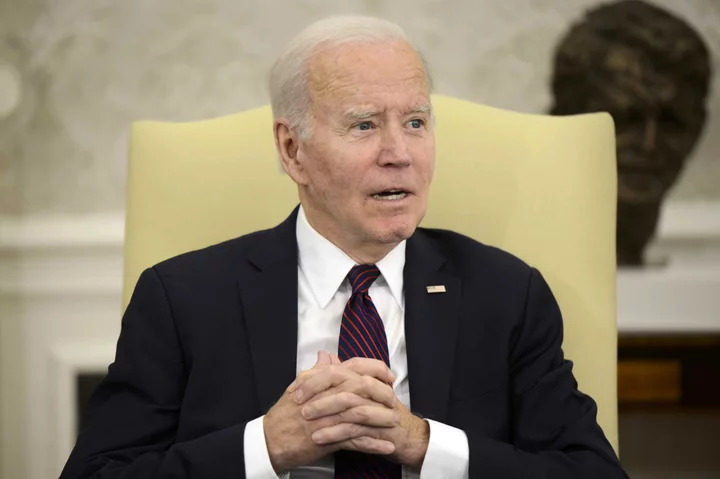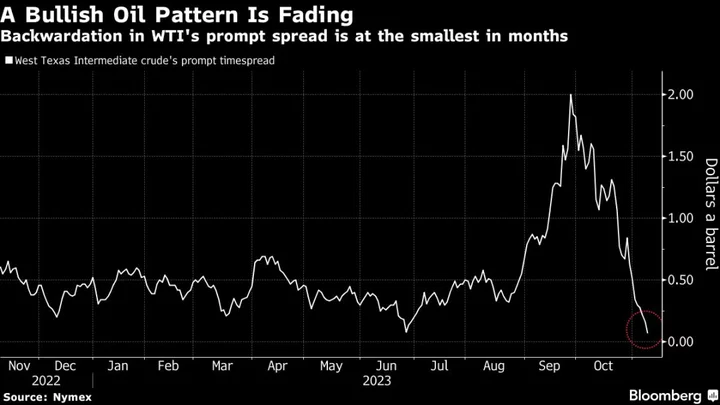Chinese tour groups have been noticeably absent from the flocks of travelers returning to post-pandemic Japan. That’s about to change with China’s lifting of a ban on group travel, which could drive tourist spending in Japan beyond pre-Covid levels.
Spending by tourists had mostly recovered by mid-2023 after the island nation relaxed most of its border restrictions late last year, despite the number of visitors from China being down 85% from before the pandemic. Until Thursday, when restrictions lifted, travelers from Asia’s largest economy have been limited to those on business and individuals organizing trips and visas on their own.
“Spending by visitors to Japan have already returned a lot versus 2019 levels,” said Kanako Uchimura, a researcher at the Japan Research Institute. “If Chinese group tourists come back, that amount may easily exceed pre-pandemic levels within the year.”
Before the pandemic, Chinese tourists were known as big spenders at drugstores, electronics retailers and high-end department stores — which received them by the busload. Shares of Takashimaya Co. and cosmetics maker Shiseido Co., as well as duty-free seller Laox Holdings Co., climbed after China’s announcement.
With the yen’s decline against the yuan in recent years, making Japan seem even more affordable, spending could rise, according to Bloomberg Intelligence analyst Catherine Lim.
Prime Minister Fumio Kishida said Thursday that he’s hoping for the return of more Chinese tourists, reiterating Japan’s goal of reaching ¥5 trillion in annual tourism as soon as possible.
Tourism spending in Japan was ¥1.2 trillion for the April to June period — a roughly 95% recovery from the same period in 2019, according to data from the Japan Tourism Agency. Chinese tourists only made up about 13% of that total this year, compared with more than a third in 2019.
Spending by foreign tourists has already helped Japan’s economic recovery — accounting for 1.1 percentage point of the 1.6% annualized growth in the first three months of this year, according to Bloomberg Economics.









